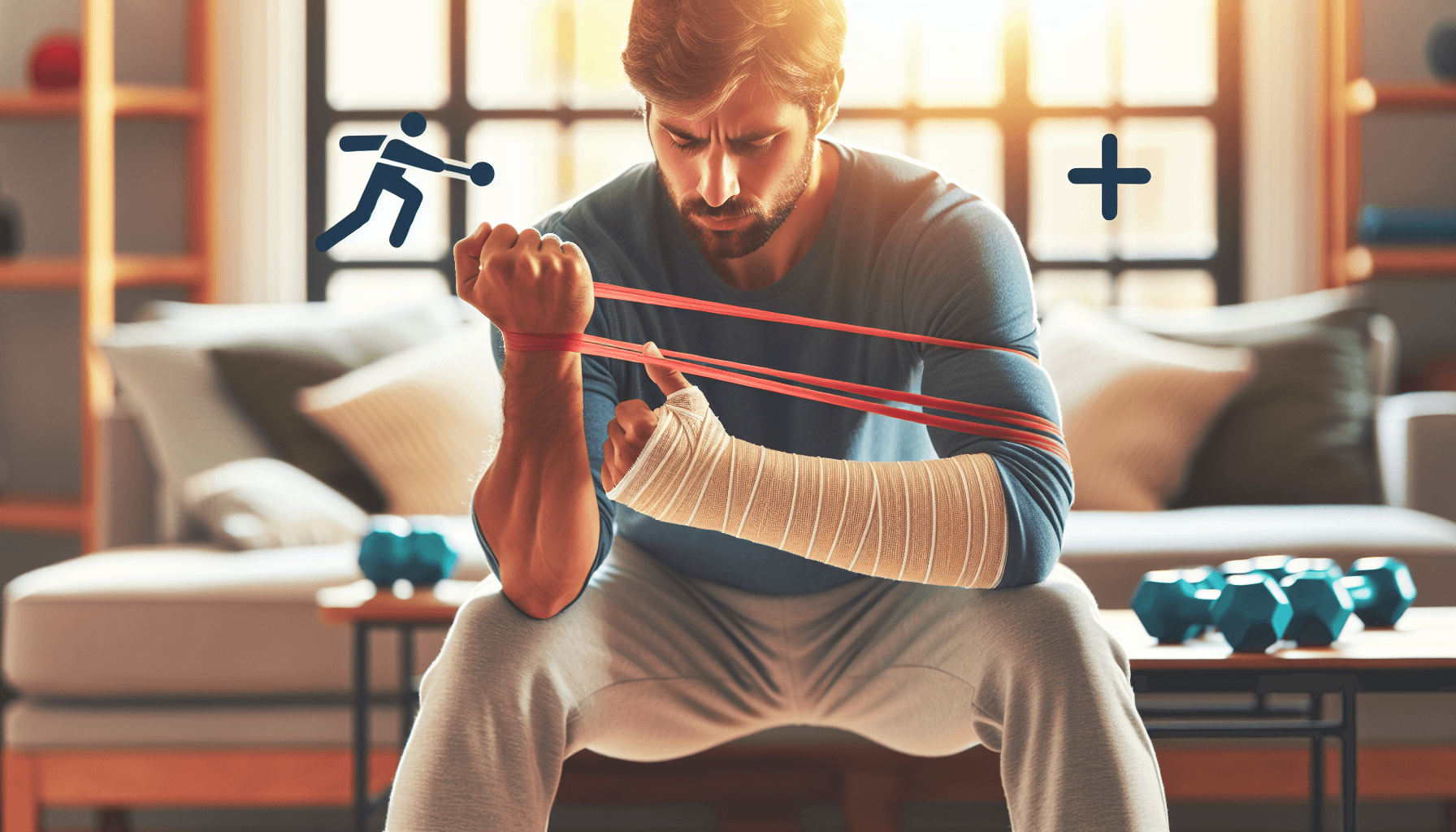Golfer’s elbow, also known as medial epicondylitis, is a common condition that affects the inner side of the elbow. It is characterized by pain and inflammation in the tendons that connect the forearm muscles to the inside of the elbow. While it is commonly associated with golfers, anyone who performs repetitive motions can develop golfer’s elbow.
Causes of Golfer’s Elbow
Golfer’s elbow can be caused by a variety of factors. The primary cause is repetitive movements of the forearm, such as swinging a golf club, which puts stress on the tendons and can lead to inflammation and microtears. Other activities that can contribute to golfer’s elbow include:
- Throwing sports, such as baseball or softball
- Tennis or racquet sports
- Weightlifting and other activities that require gripping and lifting heavy objects
These repetitive movements can cause strain and overuse of the muscles and tendons in the forearm, leading to the development of golfer’s elbow.
Symptoms of Golfer’s Elbow
The most common symptom of golfer’s elbow is pain and tenderness on the inner side of the elbow. The pain may also radiate down the forearm towards the wrist. Other symptoms include:
- Weakened grip strength
- Stiffness and difficulty moving the elbow
- Numbness or tingling in the fingers
If you are experiencing these symptoms, it is important to seek medical attention for a proper diagnosis and treatment plan.
Treatment Options for Golfer’s Elbow
Fortunately, there are several treatment options available to improve mobility and alleviate the symptoms of golfer’s elbow. These include:
- Rest: Giving the affected arm and elbow time to rest is crucial in the healing process. Avoiding activities that aggravate the condition can help reduce pain and inflammation.
- Ice and Heat Therapy: Applying ice packs or cold compresses to the affected area can help reduce swelling and inflammation. Heat therapy, such as warm towels or heat packs, can promote blood flow and aid in the healing process.
- Physical Therapy: A physical therapist can guide you through exercises and stretches that can help improve mobility and strengthen the muscles and tendons in the forearm. They may also use techniques such as ultrasound or electrical stimulation to promote healing.
- Bracing: Wearing a brace or splint can provide support to the elbow and help alleviate pain and discomfort. It can also prevent further injury and promote healing.
- Medication: Over-the-counter nonsteroidal anti-inflammatory drugs (NSAIDs) can help reduce pain and inflammation. In more severe cases, your doctor may prescribe stronger medication or administer corticosteroid injections to alleviate symptoms.
It is important to note that each case of golfer’s elbow is different, and the treatment plan may vary depending on the severity of the condition. Consulting with a healthcare professional is essential to determine the best course of action.
Preventing Golfer’s Elbow
While golfer’s elbow can be a frustrating condition to deal with, there are steps you can take to prevent its occurrence or recurrence:
- Using proper form and technique when performing repetitive motions.
- Warming up before engaging in any physical activity involving the elbows.
- Strengthening the muscles in the forearm and wrist to improve their resilience.
- Listening to your body and taking breaks when you feel any pain or discomfort.
- Using ergonomic equipment and tools that can reduce stress on the elbows.
If you are seeking treatment options for golfer’s elbow, Eastside Ideal Health can provide comprehensive care and personalized treatment plans to help you regain mobility and alleviate pain.
Remember, early diagnosis and treatment are crucial for a full recovery from golfer’s elbow. By implementing preventive measures and seeking appropriate care, you can improve mobility and get back to the activities you love.

